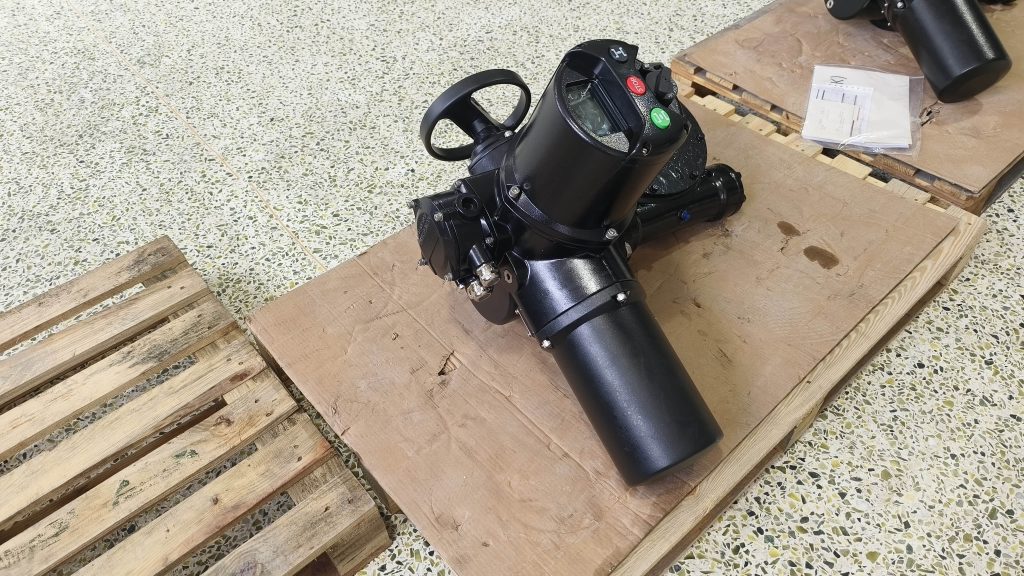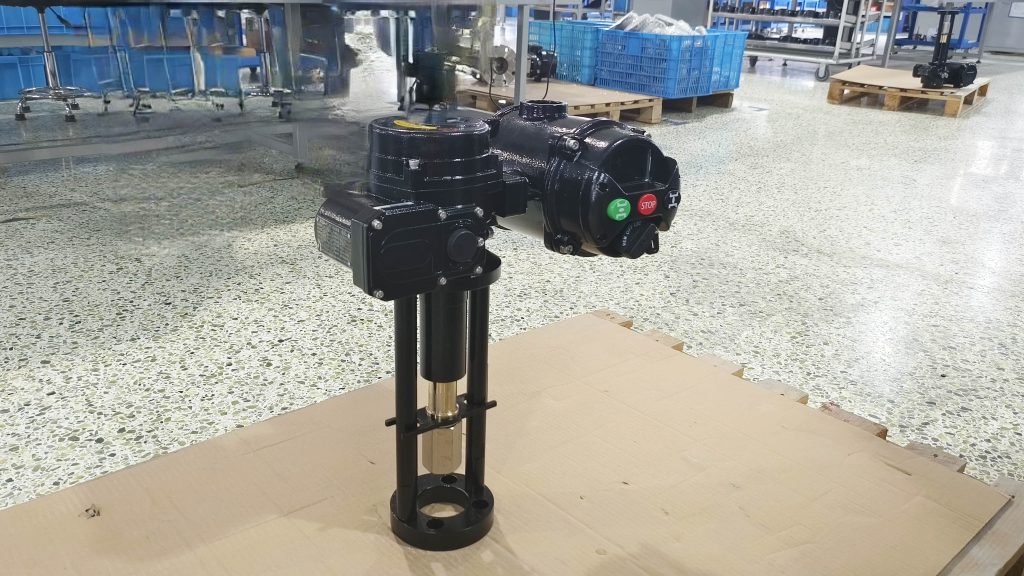In the rapidly advancing landscape of automation and robotics, the role of actuators cannot be overstated. Among the emerging technologies, Intelligent Integrated Actuators (IIAs) are garnering attention for their ability to enhance efficiency, precision, and versatility in various applications. This article delves into the fundamentals of IIAs, their working principles, and their transformative impact on industries.

Understanding Intelligent Integrated Actuators

At its core, an actuator is a device that converts energy into motion. Traditionally, actuators were standalone components that required separate control systems and power sources. However, IIAs represent a paradigm shift, integrating sensors, control systems, and power management within a single unit. This integration allows for real-time feedback, adaptive control, and enhanced communication capabilities, which are essential for modern automated systems. Working Principles The operation of an IIA typically involves three main components: the actuator itself, a built-in sensor, and an embedded control unit. The actuator converts electrical energy into mechanical motion, which can be linear or rotational depending on the design. The integrated sensors continuously monitor the actuator’s position, speed, and load, providing crucial data to the control unit. This feedback loop allows for precise adjustments in real-time, optimizing performance and energy consumption.
